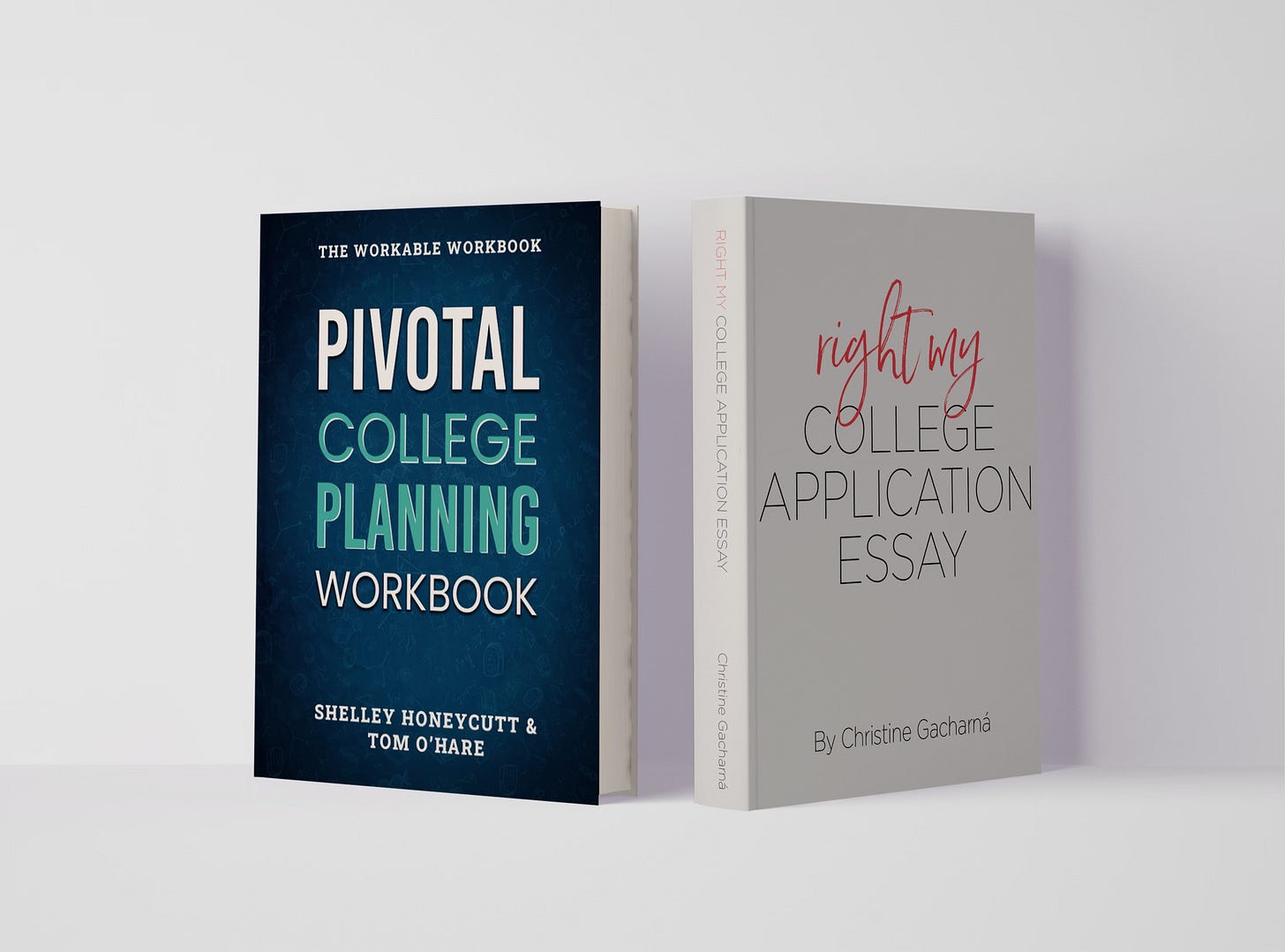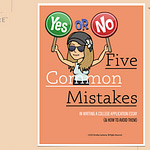Christine: Hello. Hello. Hi. How are you? I'm good. How are you? I'm doing well.
But it's really cold.
Tom: Yeah. You think? I had a hat on before I got on the call.
Christine: I mean, it's just unbelievable. It feels like six degrees, my, my app says.
Tom: Yeah. I don't know about your house, but we run the water at night because it's so cold.
Christine: Yeah.
Tom: The house is so old that. You know, we don't want the pipes to freeze again,
Christine: right?
Well, I actually have a plumber here. you'll probably hear him. He's making all kinds of noise. So a few weeks ago, I took a shower, and then I went down to the kitchen to get a cup of coffee, and the water from my shower was three inches thick in the kitchen.
So, I had the plumber come to fix the leak. I had the drywall guy come fix the ceiling, and Then Monday, I got up, took just a quick shower, went down to get coffee —
Tom: Oh my, that happened again?
Christine: Rinse. Repeat. Yep, so it's kind of a first-world problem, but it's also a huge headache.
Now the hardwoods have to be redone, which means we have to move out.
Tom: Well, it sounds like, you know, you and your husband are going to have to find a nice warm place to go.
Christine: Yeah. Maybe South Florida
Tom: work remotely. It's got to be below North Carolina because my two boys are down there and it's freezing down there.
Tom: What's going on in your world in your mind with regards to a lot of this stuff?
Christine: You know, I'm a product of public education, K through graduate school. I didn't have the kind of opportunities K through 12 that my kids had. I understand from a parent’s point of view why they would go out and they would look at some of those rankings. I used to be concerned about some of that stuff, but the more I learned, the more I realized I didn’t know. And, I just don't feel like education in this country is working. And I’m not at all afraid of shaking things up; I’m a doer. So I would rather do something, even if it’s, there’s some pain involved, or it goes in maybe the wrong direction, before we self-correct and find a better way to go. I would rather do something than just sit back and do nothing and keep watching it be broken.
Tom: So what’s within your wheelhouse that you can do to impact a small cohort of people?
Christine: Well, um — I have kind of a half-baked answer.
I want to get in front of the kids in, say, rural Oregon who don't have, they have to drive five hours to get to Oregon State or four hours to get to the University of Oregon. They don’t have educational consultants in their town. They’ve got one high school counselor who may not know about the scholarships at Rensselaer that you have to put a student’s name in in May of their junior year.
I want to help those students. That’s why I’m here in front of you, to make these videos and get this information out in front of students and parents who maybe don’t have access to this information or don’t know where to find it, or, don't subscribe to services where they're, paying anywhere from $5,000-$20,000 for somebody to help them individually.
I want to help the students who are like me. I want to help the students who really want the help, and they’re willing to do the work, but they don’t know what work to do.
They don’t know where to start.
Tom: Good. We’re, we're model-to-model from that standpoint.
Christine: I think it’s possible to do that. By the time I was a high school junior. I got my big break. I had been working at a restaurant, washing dishes, and one of the waitresses on the floor was pregnant. She had to go on maternity leave and I got my big break to go out and wait tables. So, even as a high school junior, I could come up with $17 or $27 to get, some of this information if that’s what I needed, but I couldn’t come up with $2,500.
So what I’m trying to do is just be able to afford the platforms to run the service to help the students who can go out and shovel snow and get the money that they need to get the information to do the work to get where they want to be.
Tom: We’re, we’re preaching to each other’s choir on that one for sure.
Yeah, I just got an invitation right after the holiday; there’s a group up here that works with disadvantaged, low-income students. They have a project going on at one of our high schools. And there are 15 students, 10th, 11th, and 12th graders. And the people in the organization called and said, you know, would you be interested?
So twice a month, I'm going to meet with them.
I'm going through my own, change. It’s teaching me that it’s great to be a little older in life but also to be changing and adapting and learning different things.
It’s taking me back to my days of training and development when I worked for a guaranteed student loan organization and did a lot of technical training and some performance training for staff and our clients to go back to now realize I can’t volunteer and do the advising I do one-on-one with my students, so I’m going to do it as a classroom type process. We’re going to do college planning for 10th-graders, 11th-graders, and 12th-grade seniors right now; it’s all about financing and the FAFSA and how you are analyzing and five questions to say yes to going to college.
As I talked to one of my [natural born] kids, he said, “Are you going to charge him your normal fee for a student?” No.
“Are they going to pay you?” No.
“Well, what's the ROI for you?” Well, remember your grandfather and some of the things he used to teach you? You gotta give back. And the only thing I want is a Google review. You know, so maybe find in your immediate area, if one exists, an organization that’s working with some high school kids that needs your talents. And instead of going to Oregon right away, start that program locally.
Christine: I’m going to try to do a pilot program with the school, this summer and fall and see if I can get a model together that’s affordable that works. So instead of being one hundred percent one-on-one, which would cost more for families and students, it would be something that I could bring to schools that would help supplement what they’re already doing, but help these students, really prioritize how they’re presenting themselves with their essays because it’s really the writing instruction that got me into this, and that gets me excited about working with students, just making sure that they understand how to communicate.
Tom: Okay, well, we’re back on track. I’m happy to see you. And it’s good to see you. I was anxiously awaiting our conversation.
Christine: Yeah. So I'll see you again in a couple of weeks. Stay strong. Stay warm.
Tom: Stay warm. Say hello to your plumber.
Christine: Okay. I'm gonna go check on him and see what's going on over there. 😜
Tom: Alright.
It's good to talk to you.
Christine: Okay. You too. Bye.














